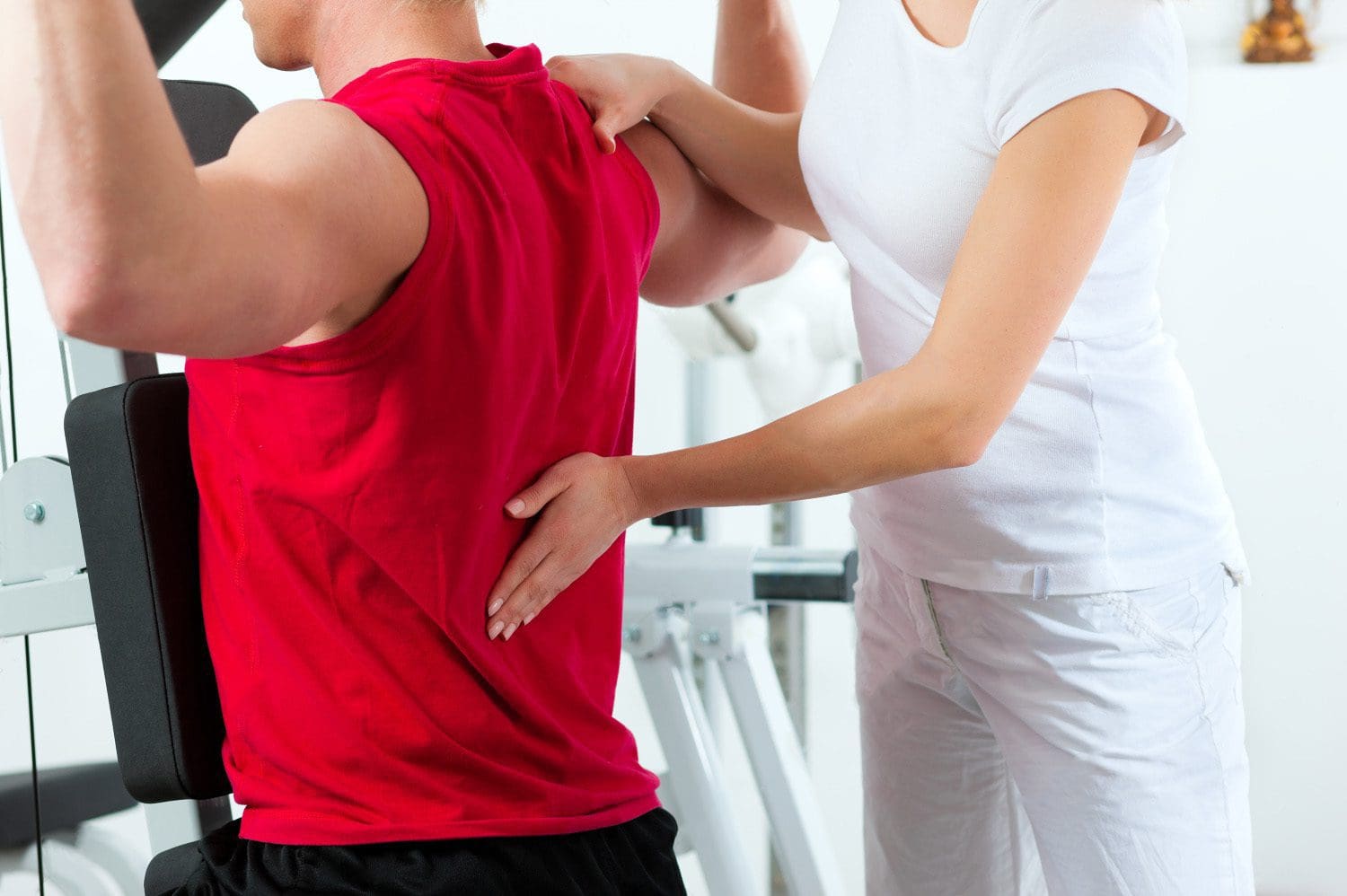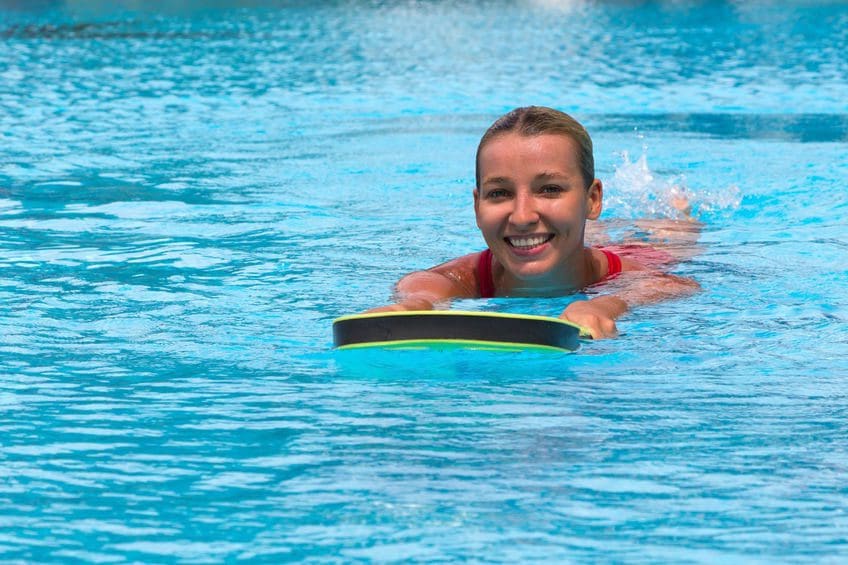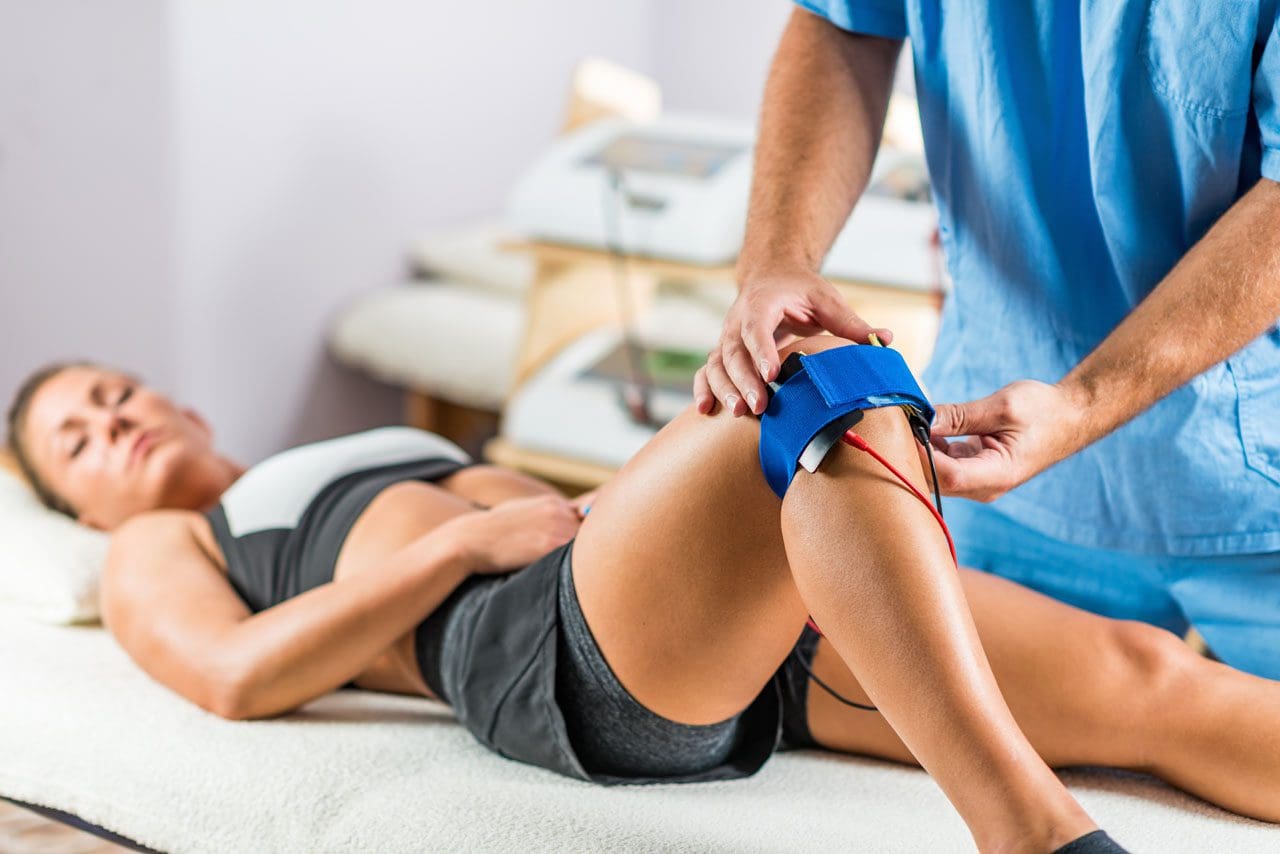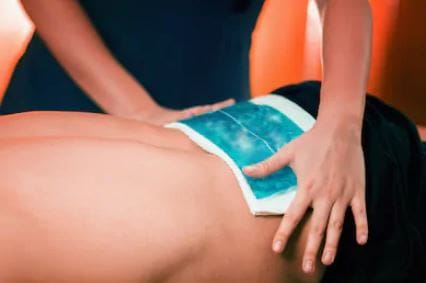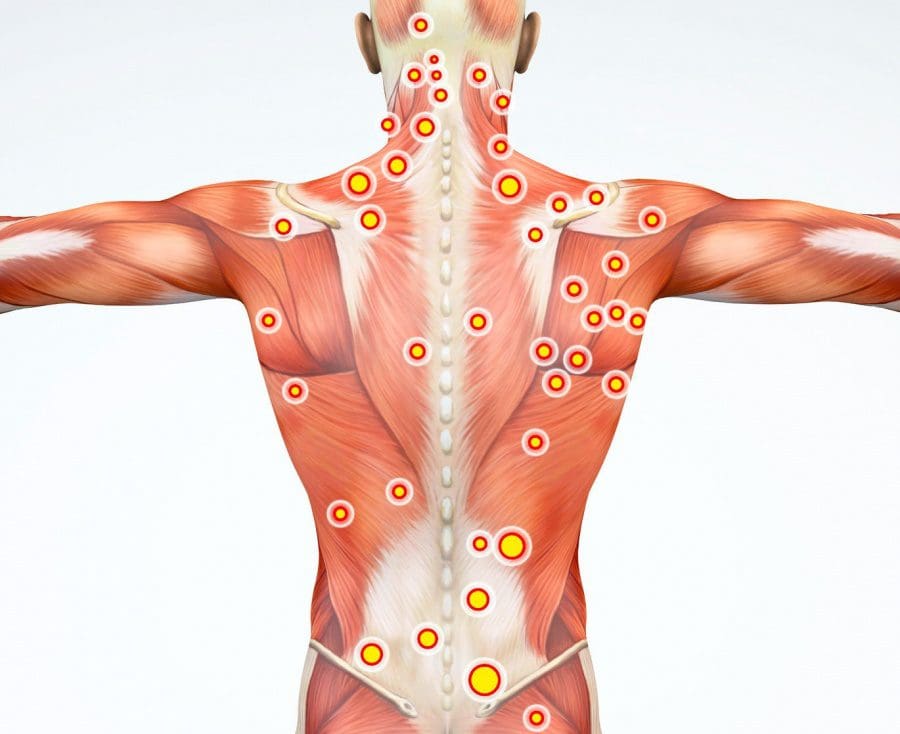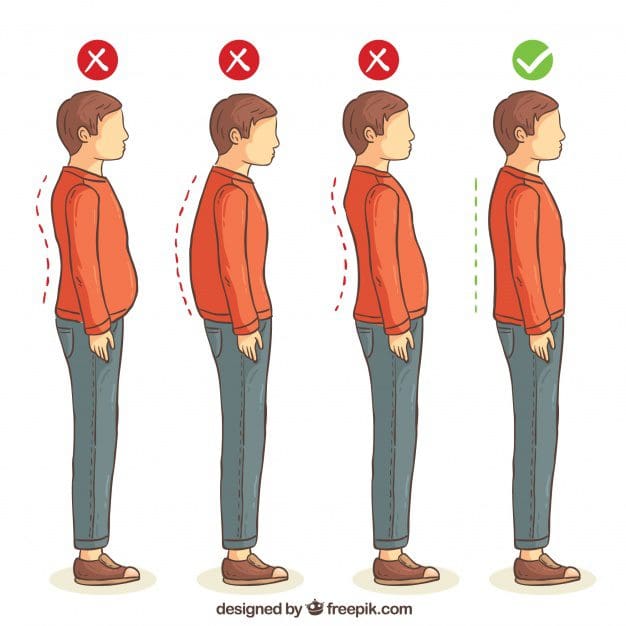Physical therapists (PTs) are healthcare professionals that treat patients of all ages with various ailments/conditions. A spine surgeon, physiatrist, orthopedist, primary care physician, neurosurgeon, and a chiropractor may refer patients to a physical therapist as part of a non-operative treatment plan.
An organized physical therapy plan may be an integral part of after-care following surgery. Therapists practice in a variety of settings, like hospitals, outpatient clinics, rehabilitation centers, and nursing homes. Physical therapists provide:
- Treatments
- Exercises
- Mechanics
- Maintain practical skills
- Improvement
- Building endurance and strength
- Increasing flexibility
- Reducing pain
- Preventing impairment
Aquatic Therapy
Patients with osteoarthritis have found water exercise to be beneficial. With a gravity-free environment, patients can perform simple exercises without stressing the tender joints. Movement increases circulation to the affected joints and can relieve stiffness. Swimming is also a great exercise for anyone for loosening up stiff joints and strengthening muscles.Electrical Stimulation
This type of therapy forces a muscle or muscle group to contract and relax. Therapists place surface patches containing electrodes on the skin over the area to be treated. The therapist programs the equipment to deliver the correct amount of stimulation for a set time.The electrical current flows through nerve and muscle cells. The treatment is not painful. The patient feels gentle pulsating or an on/off sensation. This treatment stimulates circulation and supplies the area with oxygen and nourishment for healing. Electrical stimulation enhances healing and alleviates swelling and pain.
Heat and Ice
Heat increases circulation, decreases stiffness, pain and muscle spasms.Patients with early arthritis symptoms find relief by taking a warm bath or hot shower.
It is best when done in the morning to help loosen up and alleviate stiffness.
Physical therapists use moist hot packs wrapped in a towel that is laid or wrapped around the affected area.
A moist hot pack transfers moist heat that penetrates deeply into soft tissues and stimulates local circulation more than heat alone.
Ice decreases pain by slowing the nerve impulses.
Inflammation subsides with forms of cold therapy:
- Cold packs
- Ice massage
- Iced towels
When treating an overworked body part ice treatment should be supervised by a physical therapist.
Hydrotherapy
This is like a whirlpool bath. The water temperature and agitation loosen up joints, stimulate muscles and are controlled for maximum benefit.Myofascial Release
This therapy improves circulation, decreases muscular tension and increases range of motion.It is a type of massage that stimulates the muscles. The muscle tissue is manipulated by hand to stretch the tissue. Tight tissues become loosened using a cross friction motion with this therapy.
Movement & Conditioning
A physical therapist teaches patients how to move properly while being able to work through the pain. Therapists want patients to work as pain-free as possible. This does not mean that the exercises will be easy. More than likely they are going to be tough, but that is what you want to get back into top physical form.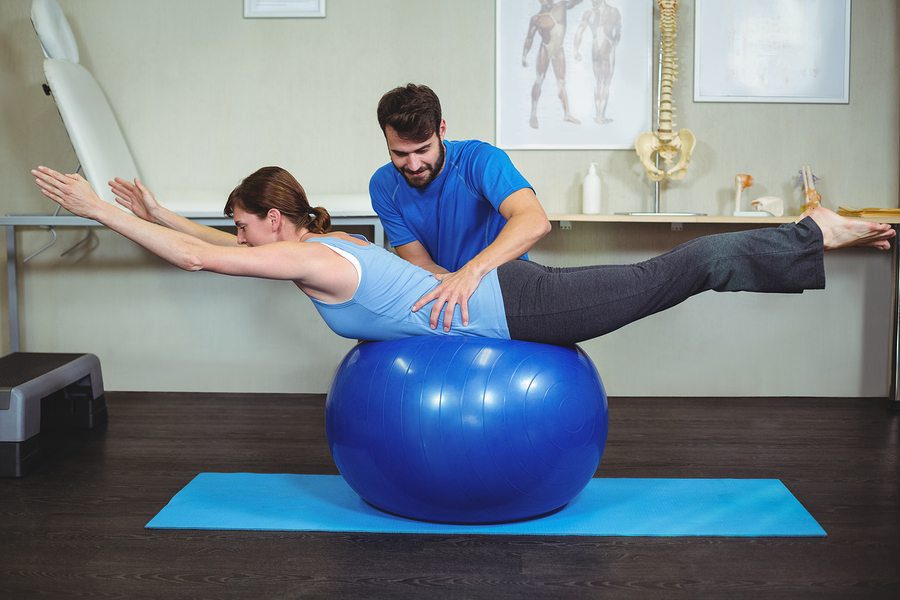
Warming-Up can be accomplished by riding a stationary bike and some light stretching. The type of warm-up that goes with the therapy is determined by the individual treatment plan.
There will be muscle soreness for 24 to 48 hours following exercise therapy. This is completely normal and should be expected. As the exercises become a normal part of the day the discomfort will gradually go away. Stretching will increase flexibility. And as the treatment goes on resistive and strength exercises could be added.
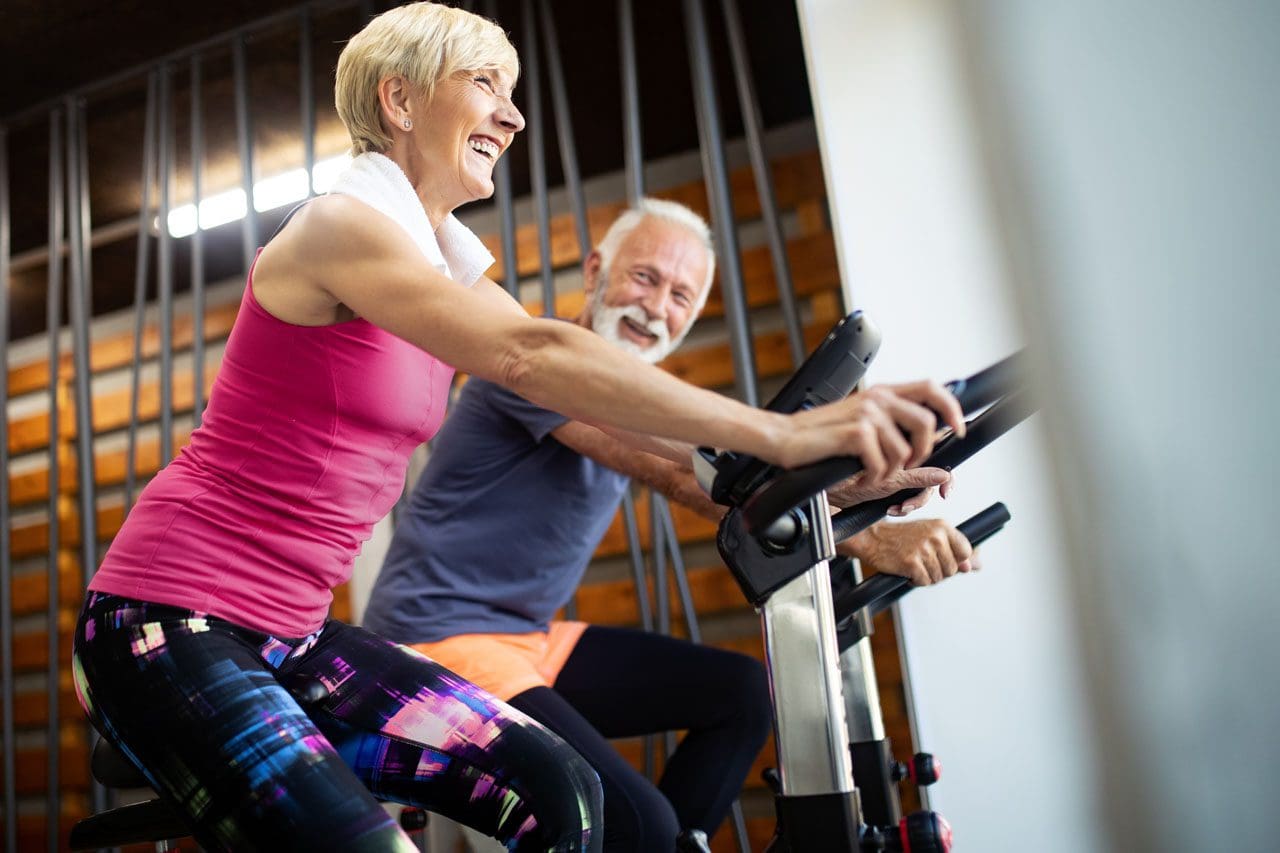
Home Exercise
With any treatment plan, there is usually a custom home exercise program. Exercises pretty much follow clinic exercises with variations and added stretches to keep the body from stiffening staying limber. Changes can be discussed with a physician.Body Mechanics & Posture
Proper body mechanics helps to prevent further injury/s from occurring. Patients willing to maintain- Physical fitness
- Reduce stress
- Apply proper body mechanics
Proper posture is defined as keeping the natural curve of the spine. Proper posture minimizes stress to the spine. This is the first lesson a physical therapist teaches a patient.
Poor posture and poor body mechanics are leading contributors to neck and back pain.
Proper Work Habits
- Do not lean over a desk for long periods.
- Try not to sit without back support.
- Adjust chair height so the knees are bent at a 90-degrees.
- Bend the elbows at a 90-degree angle or they can rest on the work surface.
- Don't cradle the phone against the ear and shoulder as this can cause neck and shoulder issues.
Lifting and Carrying Objects
- First, look at the object to be moved. If it looks too heavy find help.
- Remove obstacles from the pathway where the object will be going through.
- Visualize maintaining proper posture.
- Get as close to the object as you can.
- Place feet slightly apart and flat on the floor.
- Bend at the knees to provide stable support.
- Tighten the stomach muscles.
- Breathe deeply.
- Smoothly lift the object using arms and legs and not the back.
- Hold the object at the sides and bottom.
- Keep the object close to the body.
- Keep back straight and carry the object with elbows slightly bent.
Pushing versus Pulling
Pushing is the more efficient and safer method of moving objects. Keep the back straight and use the knees to push. Keep close to the object and reposition the body every so often.Reaching for Objects
- Check the size, weight, and location of the object.
- Use a proper stool or step-ladder to get the object. Stand with both feet flat.
- One hand can be used for additional support.
- Try not to look over too much as this can cause neck strain.
- Think about storing regularly used items within easy reach.
Massage Therapy Rehabilitation El Paso, Texas
NCBI Resources
During the first consultation, a physical therapist will talk about symptoms, analysis, and medical history. Severity the location, type, and variables that decrease or increase pain are significant, and the PT will ask many questions regarding pain.Physical therapists are healthcare professionals and members of your medical team. While physical therapy may be challenging or demanding at first, there are many benefits. It’s an opportunity to take charge of back or neck pain while building a stronger more resilient body.




